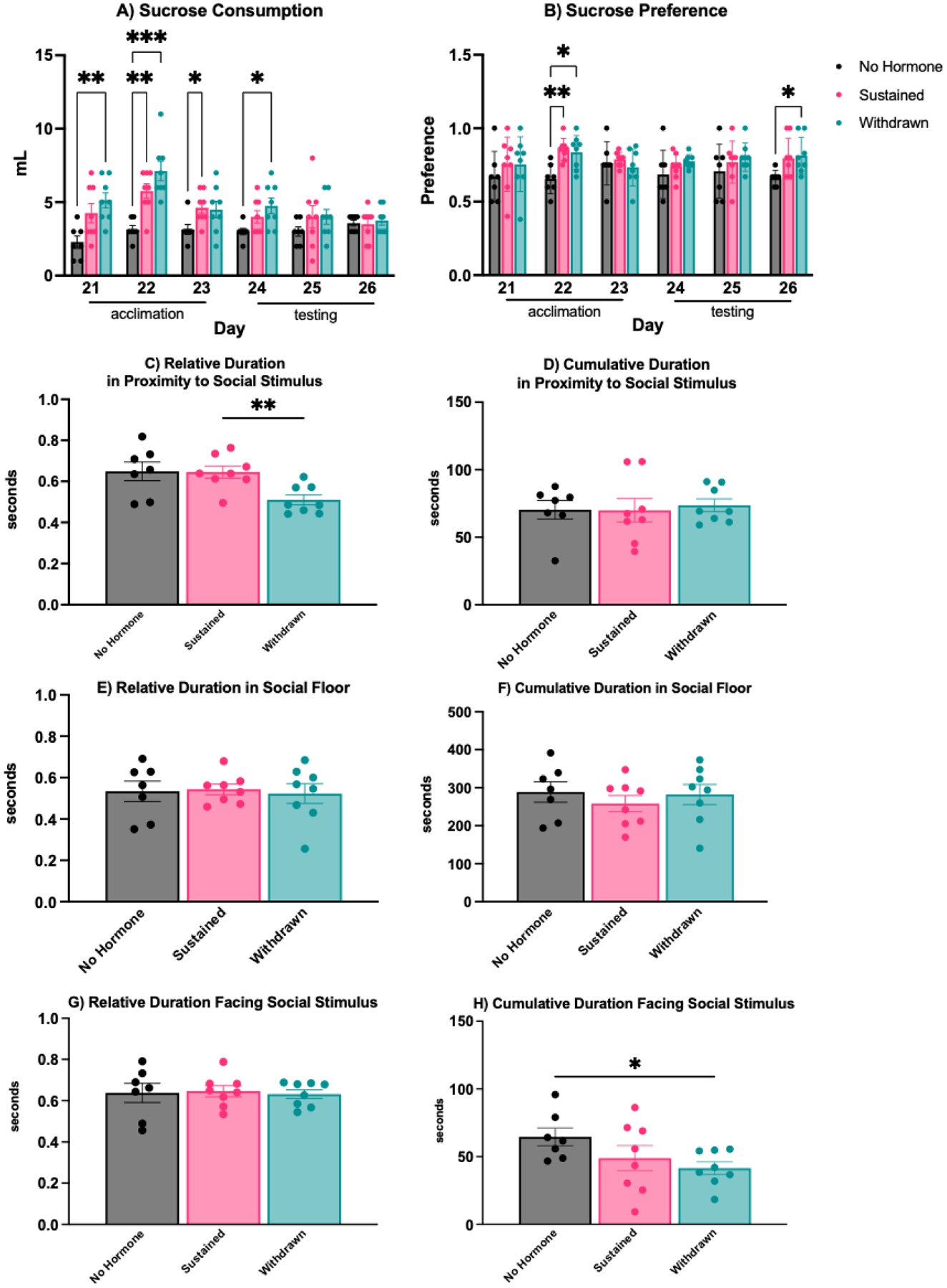Figure 3: Impact of estradiol withdrawal on motivated behaviors.

A) During the acclimation period of the sucrose preference test, hormone treatment generally increased sucrose consumption in both sustained and withdrawn mice compared to no hormone females. This difference was maintained on the first day of the testing period, but sucrose consumption subsequently declined for both withdrawn and sustained mice. B) There was no consistent effect of hormone condition on sucrose preference, although estradiol treatment increased sucrose preference in both sustained and withdrawn mice compared to no hormone females on Day 22, and withdrawn mice compared to the no hormone group on Day 26 of the testing period. C) In the social motivation test, withdrawn mice spent less relative time in proximity to the social stimulus compared to sustained or no hormone mice and H) less cumulative time facing the social stimulus than no hormone mice. D) Cumulative duration in proximity to a social stimulus, E) relative time spent in the social floor, F) cumulative time spent in the social floor, and G) relative time spent facing the social stimulus did not vary by hormone condition. *** p < .001, ** p < .005, * p < 0.05.
